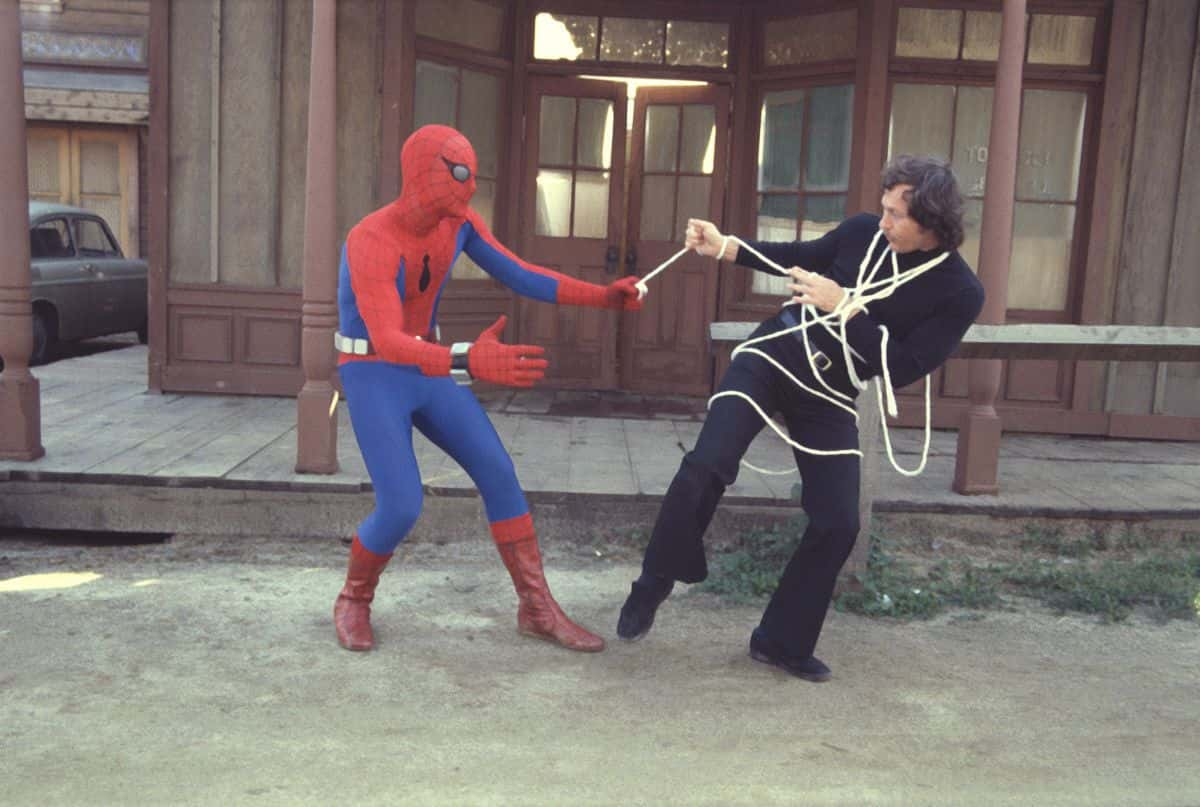

The plot finds one of Parker’s professors illustrating some manner of scientific principle using some plutonium he has lying around.
Spiderman series 1970s movie#
The film stars The Sound Of Music’s big-haired Nicholas Hammond as Peter Parker, the world’s oldest college student (though to be fair, Hammond was merely pushing 30 when the movie aired), a shutterbug with the suspicious good fortune of always being around with a camera while his good friend Spider-Man is strutting his stuff.
Spiderman series 1970s tv#
And though it lasts two hours and has what can charitably be deemed a feature-length plot, the television movie Spider-Man Strikes Back, edited together from the second and third episodes of the 1978 Spider-Man TV series, unmistakably falls closer to the “television” than “movie” part of the TV/movie divide. ( Wonder Woman still hasn’t made it to the big screen yet, though she’ll debut in Batman v Superman: Dawn Of Justice next year.) Even Superman was a hit on TV before the movies. Before that, however, the really successful, influential superhero stories were on television.īatman, The Incredible Hulk, and Wonder Woman were all small-screen smashes before they were brought to the big screen. It was, in many ways, the big bang that produced our current superhero era. Richard Donner’s 1978 Superman was a game-changer that proved a story about a man who dons tights to fight crime could have the grandeur and sweep of an old-fashioned epic, and that a superhero movie could be important as well as entertaining. In the late 1970s, television seemed as natural a home for superhero adventures as the big screen, if not more so. Mutations explores some of the lesser-known variations of familiar characters from movies.


 0 kommentar(er)
0 kommentar(er)
